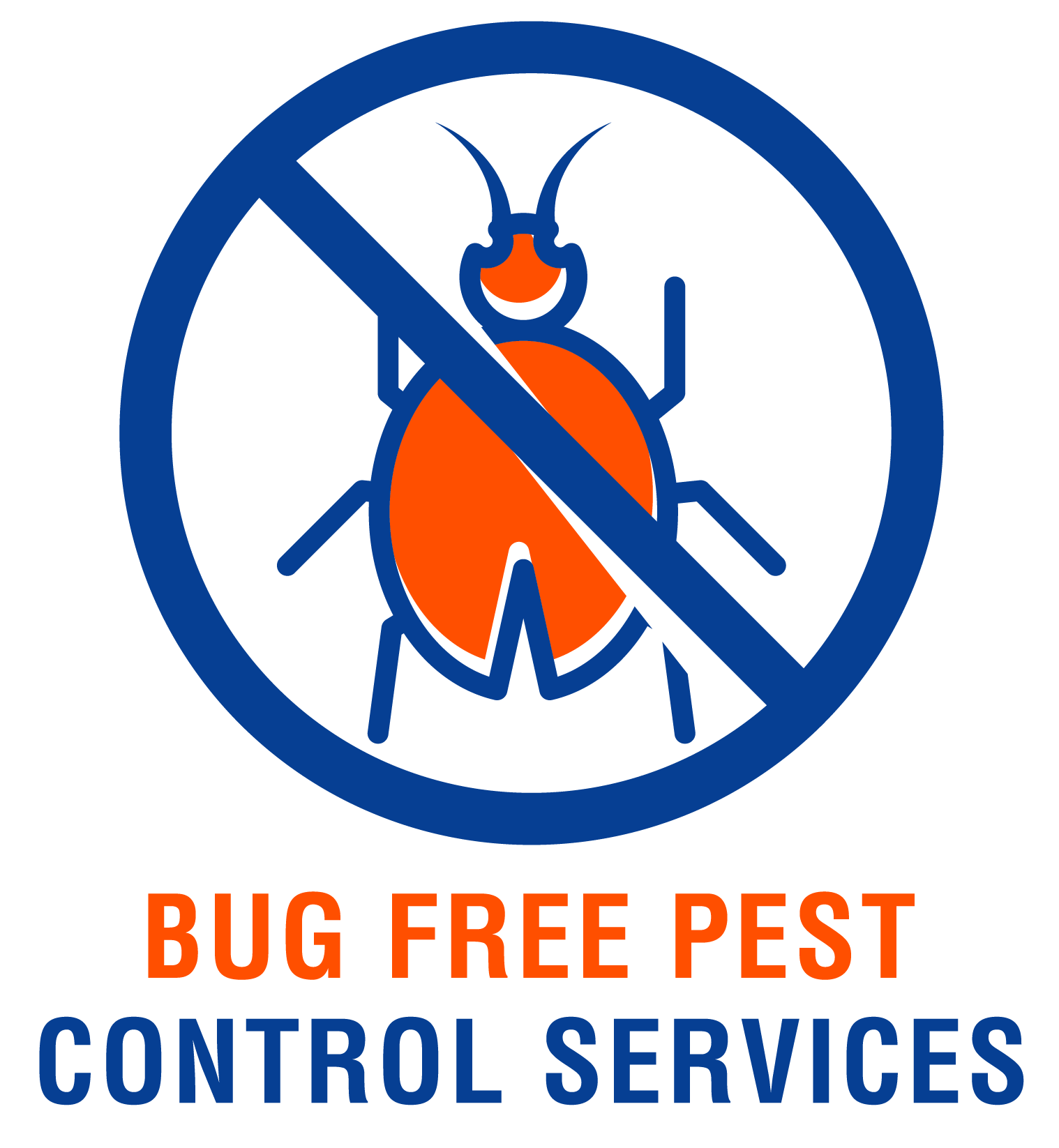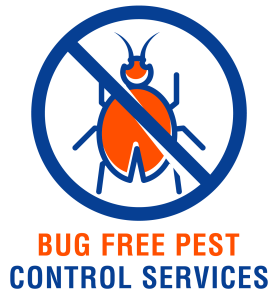Welcome to our article on “Compliance with Pest Control Guidelines.” In this article, you will learn about the importance of adhering to pest control regulations to keep your home or business environment safe and healthy. By following these guidelines, you can prevent infestations, protect your property, and ensure the well-being of those around you. Learn more about the key factors to consider when it comes to pest control compliance and how to maintain a pest-free environment. Hey there! Are you struggling to navigate the world of pest control guidelines and regulations? Don’t worry, you’re not alone. In this article, we’ll break down everything you need to know about compliance with pest control guidelines in a friendly and easy-to-understand manner. Let’s dive in!

This image is property of images.unsplash.com.
Understanding Pest Control Regulations
Pest control regulations are put in place to protect public health and safety by ensuring that pest management practices are conducted in a safe and effective manner. These regulations vary from state to state and even city to city, so it’s important to familiarize yourself with the specific guidelines in your area.
Navigating through all the regulations can be overwhelming, but fear not! I’m here to help you understand the basics so you can ensure compliance and maintain a pest-free environment.
Common Pest Control Regulations
- Pesticide Usage: Use of pesticides is heavily regulated to protect human health and the environment. Make sure you are using approved pesticides and following the label instructions carefully.
- Integrated Pest Management (IPM): Many regulations require the implementation of IPM practices, which focus on proactive and preventative measures to control pests rather than relying solely on chemical treatments.
- Record-Keeping: Keeping detailed records of pest control activities, including pest sightings, treatments used, and results, is often required to demonstrate compliance with regulations.
- Training and Certification: In some cases, pest control operators may be required to undergo training and obtain certification to ensure they are using pest control methods safely and effectively.
- Inspections and Audits: Regular inspections and audits may be conducted by regulatory agencies to ensure compliance with pest control regulations.
By familiarizing yourself with these common regulations, you can take proactive steps to ensure compliance and maintain a pest-free environment. If you have any questions or need further clarification on specific regulations in your area, don’t hesitate to reach out to your local pest control regulatory agency.
Importance of Compliance with Pest Control Guidelines
Maintaining compliance with pest control guidelines is crucial for several reasons. Not only does it help protect public health and safety, but it also safeguards your reputation as a business or property owner. Non-compliance can result in fines, legal action, and damage to your brand’s reputation. By prioritizing compliance with pest control guidelines, you can create a safe and healthy environment for your customers, employees, and residents.
Benefits of Compliance
- Public Health Protection: Compliance with pest control guidelines helps prevent the spread of disease and contamination caused by pests, ensuring the health and safety of those in your care.
- Regulatory Compliance: Meeting regulatory requirements demonstrates your commitment to upholding industry standards and legal obligations, helping you avoid penalties and legal repercussions.
- Reputation Management: Maintaining a pest-free environment through compliance with guidelines enhances your reputation as a responsible and trustworthy business or property owner.
- Cost Savings: By implementing effective pest control measures and complying with guidelines, you can prevent costly infestations and damage caused by pests, saving you money in the long run.
By understanding the importance of compliance with pest control guidelines and the benefits it brings, you can take proactive steps to prioritize pest management in your facility or property.

This image is property of images.unsplash.com.
Steps to Ensure Compliance with Pest Control Guidelines
Ensuring compliance with pest control guidelines requires a proactive and multi-faceted approach. By following these steps, you can establish effective pest control practices that meet regulatory requirements and maintain a pest-free environment.
Step 1: Conduct a Pest Risk Assessment
Before implementing any pest control measures, conduct a thorough pest risk assessment to identify potential pest entry points, food sources, and harborage areas. By understanding the factors that attract pests to your facility, you can develop targeted pest control strategies to address them.
Step 2: Implement Integrated Pest Management (IPM) Practices
Integrating IPM practices into your pest control strategy can help you minimize reliance on chemical treatments and prevent pest infestations before they occur. By focusing on prevention, monitoring, and targeted treatments, you can maintain a pest-free environment while reducing risks to human health and the environment.
Step 3: Train Staff on Pest Control Procedures
Educating your staff on proper pest control procedures is essential for ensuring compliance with regulations. Provide training on pest identification, reporting procedures, and safe handling of pesticides to empower your team to contribute to a pest-free environment.
Step 4: Keep Detailed Records of Pest Control Activities
Maintaining accurate and detailed records of pest control activities is key to demonstrating compliance with regulations. Keep track of pest sightings, treatments used, monitoring results, and any corrective actions taken to address pest issues.
Step 5: Monitor and Evaluate Pest Control Results
Regular monitoring and evaluation of pest control results are essential for verifying the effectiveness of your pest management program. Keep track of pest activity levels, treatment outcomes, and any areas that may require additional attention to maintain a pest-free environment.
Step 6: Respond Promptly to Pest Sightings
In the event of pest sightings, respond promptly to address the issue and prevent further infestations. Conduct thorough inspections, implement targeted treatments, and take corrective actions to eliminate pests and prevent recurrence.
Step 7: Work with Licensed Pest Control Professionals
When in doubt, seek the expertise of licensed pest control professionals to assist with pest management efforts. They can provide guidance on regulatory requirements, recommend effective pest control strategies, and help you maintain compliance with pest control guidelines.
By following these steps and establishing a comprehensive pest control program, you can ensure compliance with regulations, maintain a pest-free environment, and protect the health and safety of those in your care.
This image is property of images.unsplash.com.
Conclusion
Compliance with pest control guidelines is essential for protecting public health, maintaining regulatory compliance, and safeguarding your reputation as a business or property owner. By understanding the importance of compliance, implementing effective pest control practices, and following regulatory requirements, you can create a safe and healthy environment for your customers, employees, and residents. Remember, prioritizing compliance with pest control guidelines is not only a legal obligation but also a commitment to upholding industry standards and ensuring the well-being of those under your care. If you have any questions or need further guidance on compliance with pest control regulations, don’t hesitate to seek assistance from your local pest control regulatory agency. Thank you for taking the time to learn more about compliance with pest control guidelines, and best of luck in maintaining a pest-free environment!



